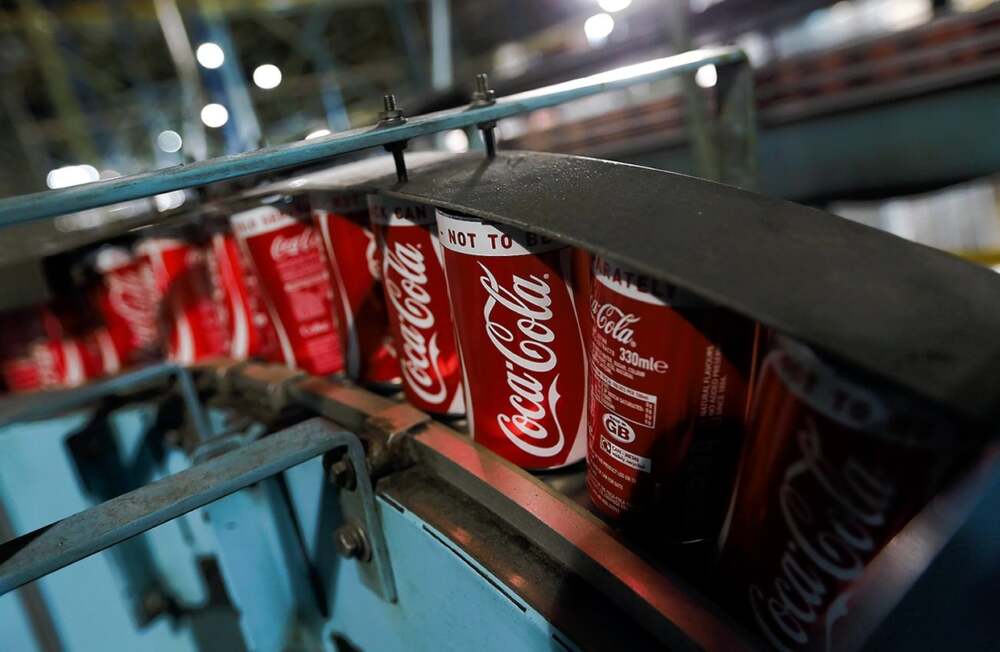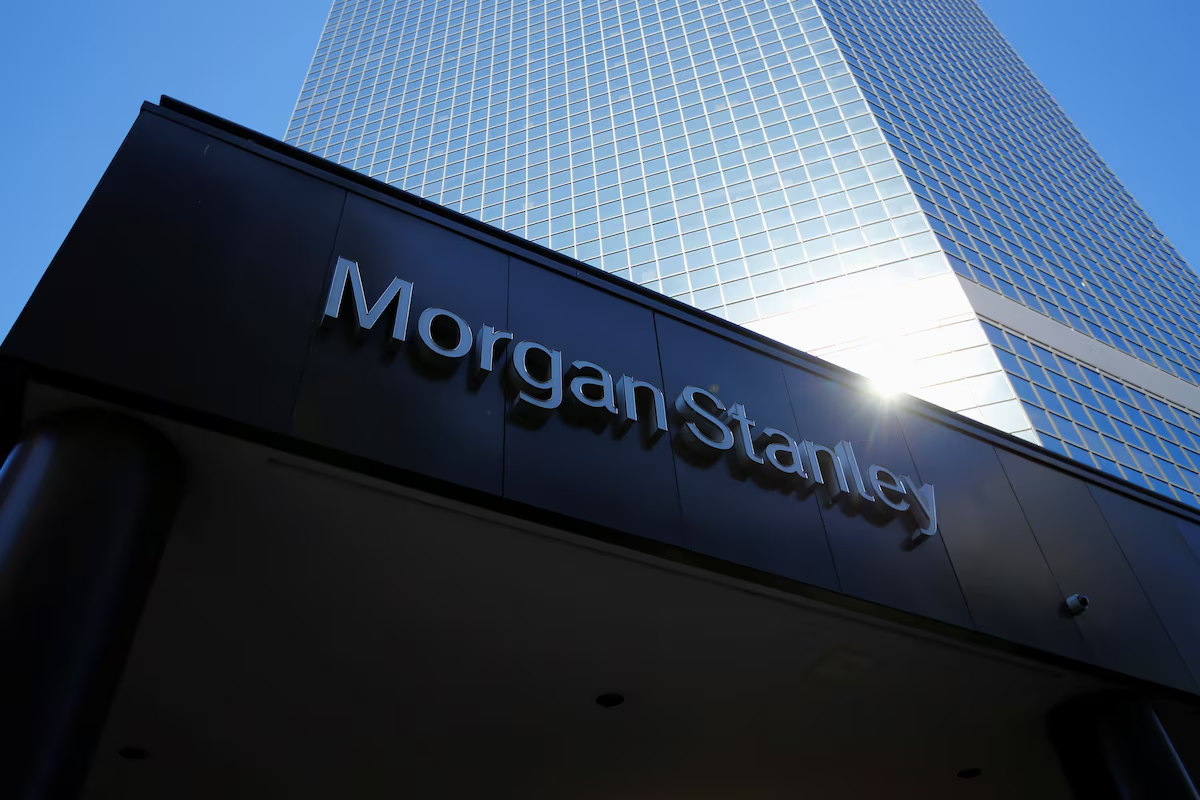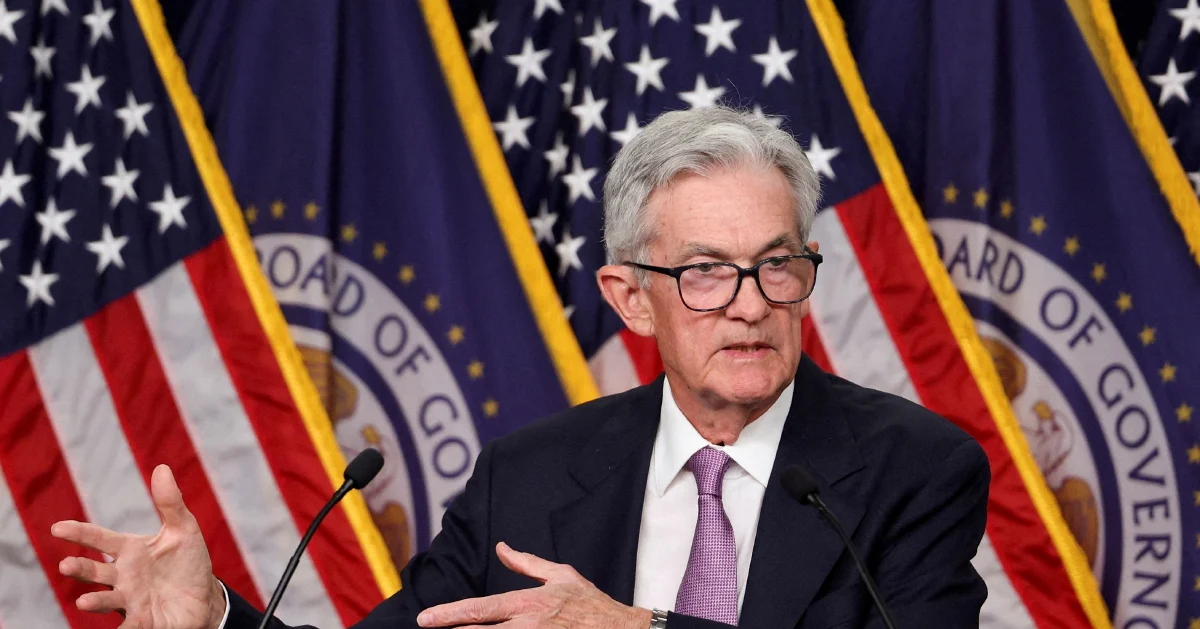In a climate of global economic uncertainty and shifting consumer habits, Coca-Cola delivered a robust third quarter for 2025, with key financial metrics beating expectations and management reaffirming its full-year outlook. The results reflect the company’s ability to lean on pricing, premium brands and global scale even as unit-volume growth remains modest in many markets.
Key Results at a Glance
- Organic revenue rose approximately 6 % year-over-year, landing in the region of US$12.4 billion, driven largely by price increases.
- Global unit-case volume grew about 1 %, but performance diverged regionally: the Europe/Middle East/Africa (EMEA) region saw growth, while volumes in North America and Latin America were flat and Asia saw a slight decline.
- Within the portfolio, several brands stood out: the “Zero Sugar” version of Coca-Cola saw volume growth in the double-digits, while mainstream Diet Coke/Coke Light edged up. Water, sports-drinks, coffee and tea categories rose modestly, whereas juice and dairy saw a small decline.
- Net income jumped significantly (about 30 %) compared to the prior year, and adjusted earnings per share (EPS) came in at roughly US$0.82, above analyst expectations of around US$0.78.
- Following the earnings release, Coca-Cola’s shares climbed in pre-market trading, reflecting investor relief and optimism about management’s execution.
What’s Driving the Strength
- Price Over Volume: With global unit-case volume growth weak, Coca-Cola’s reliance on price increases proved critical. The company raised prices by approx. 6 % globally, which offset some of the headwinds created by softening consumer demand. This is becoming a familiar pattern in the beverage space—when volumes stall, companies lean on mix and pricing.
- Premiumisation and High-Growth Segments: Products in the “Zero Sugar” and other no-/low-sugar categories continue to resonate with consumers, helping Coca-Cola capture growth where mainstream sugared beverages are under pressure. Further, categories like water, coffee, tea, and sports drinks are gaining ground even as juice and dairy lag.
- Global Diversification: Although the U.S. and Latin America are flat or slightly down in unit volumes, the EMEA region delivered growth, underlining the importance of Coca-Cola’s broad global footprint. The ability to compensate weaker markets with stronger ones is a strategic advantage.
- Operational Discipline: Management emphasised cost control, efficient bottling and distribution systems, and strong brand equity—factors that cushioned the margin impact of volume weakness and input inflation.
Unpacking the Challenges
Despite the positive headline metrics, Coca-Cola’s results underscore several underlying risks:
- Volume Stagnation in Key Markets: Flat volumes in North America and Latin America suggest that in mature markets, the beverage giant is reaching growth limits. Growth in emerging markets is still helping, but the pressure is mounting.
- Mix Pressure: While premium and zero-sugar segments are growing, the decline in juice and dairy categories points to changing consumer preferences and potential vulnerability in legacy product lines.
- Pricing Headwinds: Raising prices is a short-term lever, but persistent inflation or cost shocks could squeeze margins if consumers start pushing back or trading down.
- Macro & Consumer Sentiment: Economic uncertainty, potential recessions or higher interest rates could reduce consumer discretionary spending (including beverages), especially in hard-currency or inflation-impacted regions.
Guidance & Strategic Outlook
Coca-Cola reaffirmed its 2025 full-year targets: it expects organic revenue growth in the vicinity of 5 % to 6 %, and adjusted EPS growth of roughly 3 % over the 2024 baseline. Management indicated confidence in achieving these targets given their current trajectory and the flexibility embedded in their global franchise.
Strategically, Coca-Cola emphasized:
- Expanding its footprint in high-growth environments and emerging channels, including e-commerce, direct-to-consumer initiatives and cold-beverage convenience.
- Increasing focus on no-/low-sugar offerings and innovation in healthier beverage formats, aligning with global consumer health trends.
- Strengthening bottling partnerships, optimizing packaging and logistics, and deploying supply-chain efficiency to control cost structures.
- Leveraging market mix by focusing investments and marketing in regions where volume growth remains strong (such as parts of EMEA and emerging markets).
Implications for Investors
For investors, the quarter offers several take-aways:
- Coca-Cola remains a stable “safe-haven” consumer staple, capable of growth in challenging times thanks to pricing power and global diversification.
- The premium/zero-sugar segment is a growth engine; companies that lean into that trend may outperform counterparts tied more heavily to traditional sugared beverages.
- While volume growth is weak in many mature markets, the global scale allows Coca-Cola to “flatten out” regional weakness via stronger markets elsewhere.
- The reaffirmation of guidance adds credibility to the company’s strategy, which may soothe investor concerns about inflation, cost pressures and consumer softness.
Final Word
Coca-Cola’s third-quarter 2025 results illustrate a company well-positioned to navigate a tougher consumer environment by leaning on pricing, brand strength and global diversification. While volume growth remains modest and some legacy categories are under pressure, the beverage giant’s strategic moves in premium formats and efficiency initiatives give it runway for continued stability and moderate growth. For a company that has long been a bellwether for global consumer trends, this quarter shows that even in a challenging environment, the right mix of pricing, product and global balance can keep the fizz alive.
















Leave a Reply